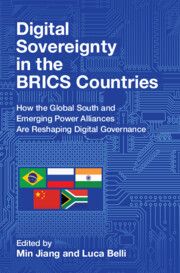Data is the foundation of any scientific, industrial, or commercial process. Its journey flows from collection to transport, storage, and processing. While best practices and regulations guide its management and protection, recent events have underscored their vulnerabilities. Academic research and commercial data handling have been marred by scandals, revealing the brittleness of data management. Data is susceptible to undue disclosures, leaks, losses, manipulation, or fabrication. These incidents often occur without visibility or accountability, necessitating a systematic structure for safe, honest, and auditable data management. We introduce the concept of Honest Computing as the practice and approach that emphasizes transparency, integrity, and ethical behaviour within the realm of computing and technology. It ensures that computer systems and software operate honestly and reliably without hidden agendas, biases, or unethical practices. It enables privacy and confidentiality of data and code by design and default. We also introduce a reference framework to achieve demonstrable data lineage and provenance, contrasting it with Secure Computing, a related but differently orientated form of computing. At its core, Honest Computing leverages Trustless Computing, Confidential Computing, Distributed Computing, Cryptography, and AAA security concepts. Honest Computing opens new ways of creating technology-based processes and workflows which permit the migration of regulatory frameworks for data protection from principle-based approaches to rule-based ones. Addressing use cases in many fields, from AI model protection and ethical layering to digital currency formation for finance and banking, trading, and healthcare, this foundational layer approach can help define new standards for appropriate data custody and processing.
